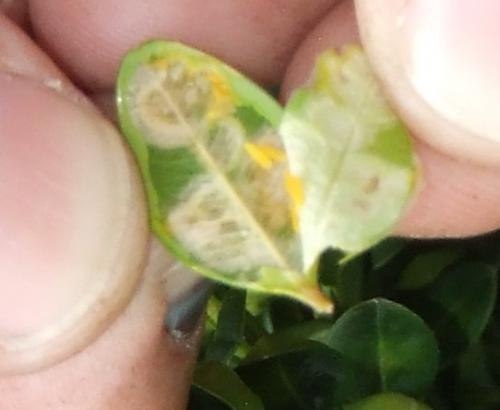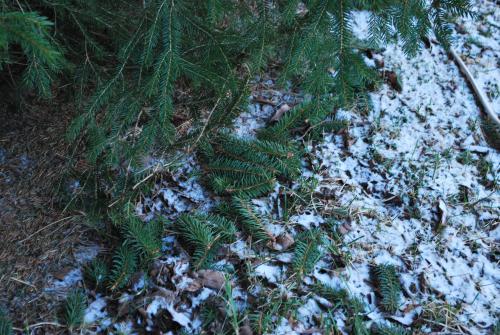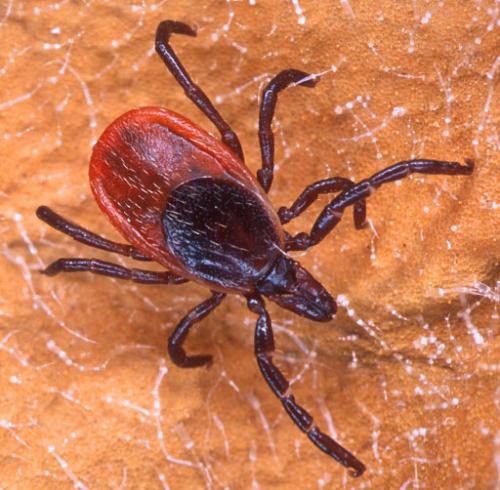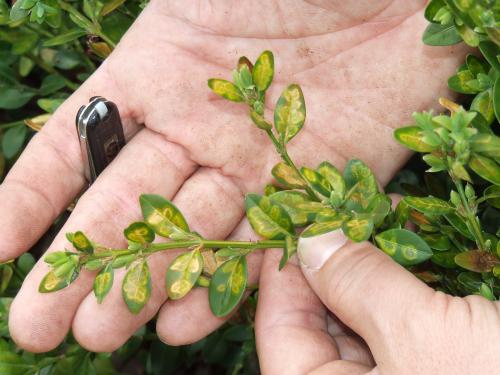Christmas tree, turf and ornamental plants update
Summary of current plant development and pest activity for landscape professionals, Master Gardeners, nursery and Christmas tree growers.

Even though we had warm temperatures in February, cooler temperatures in March has spring moving along like normal. In the Lower Peninsula, red maples are in full bloom.
Current pest activity
Browning needles of Austrian pine caused by Dothistroma needle blight is noticeable across the state along the highways and in landscapes.

Boxwood leafminer overwinters as a larva in the leaf blister. In the spring these blisters become translucent making the damage more noticeable. Boxwood leafminer is easily diagnosed this time of year by splitting open suspect leaves and looking for the orange-yellow legless larvae inside the leaf. Infested leaflets often drop prematurely resulting in ragged looking plants with occasional dead twigs. Most varieties of boxwood can be attacked by this insect. Damage is being found in the Grand Rapids area.

We are receiving numerous calls statewide from homeowners finding the ground around their spruce trees littered with branch tips. This damage is being caused by red squirrels. The squirrel prunes the branch tip from the tree, eating the buds then they discard the branch. Most often we see this on Norway spruce but other spruces may also be affected. For more information on red squirrel injury see the MSU Extension article “Red squirrel injury to spruce trees in winter”.
Blacklegged ticks aka deer ticks overwinter in the adult stage and have been active during warm periods throughout this past winter. We expect tick activity to resume once warm temperatures return. MSU Diagnostic Services will identify ticks free of charge by sending good quality photos of your tick to pestid@msu.edu. Be sure your photo shows the back of the tick.

Blacklegged tick. Photo: Scott Bauer, USDA Agricultural Research Service, Bugwood.org.



 Print
Print Email
Email

